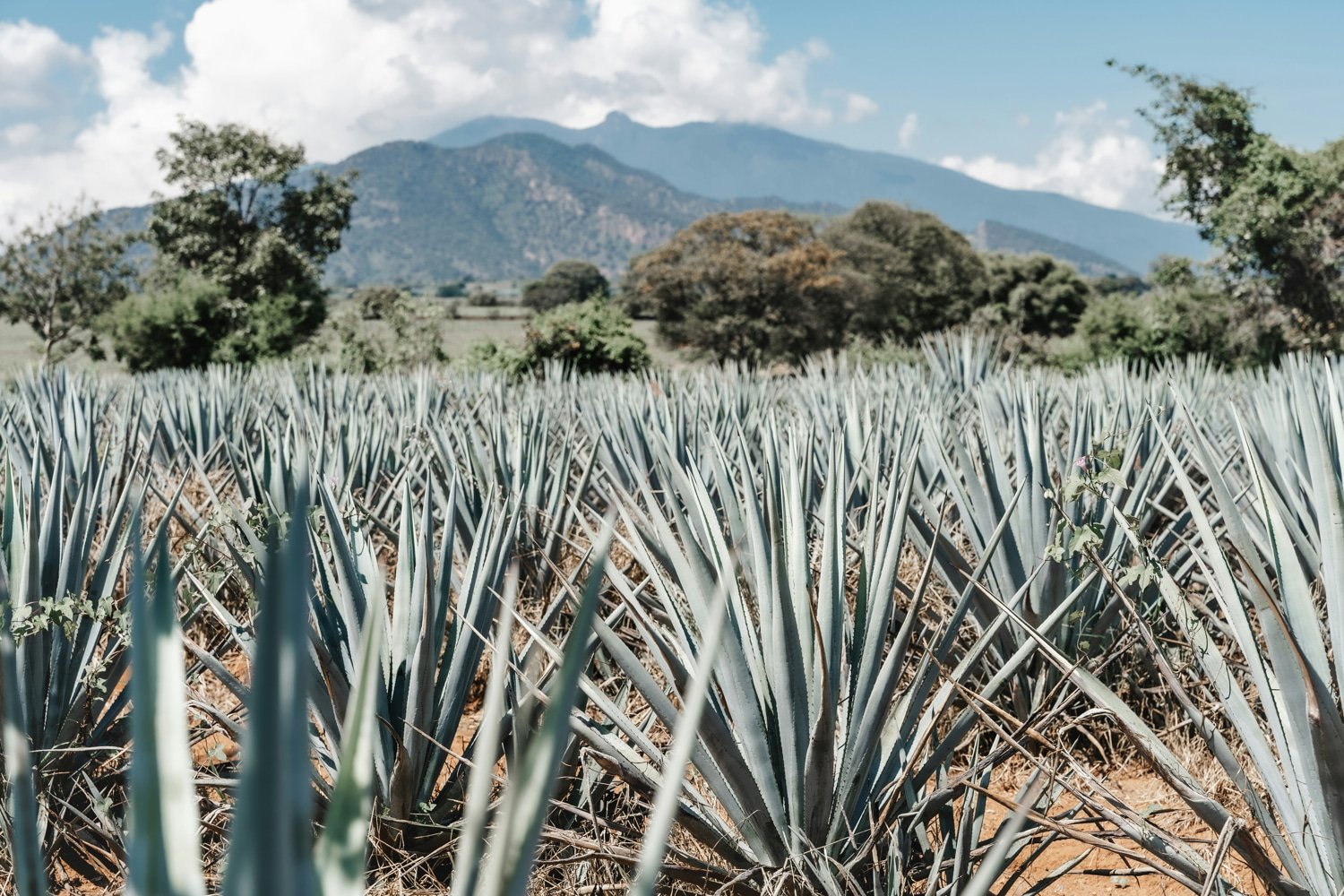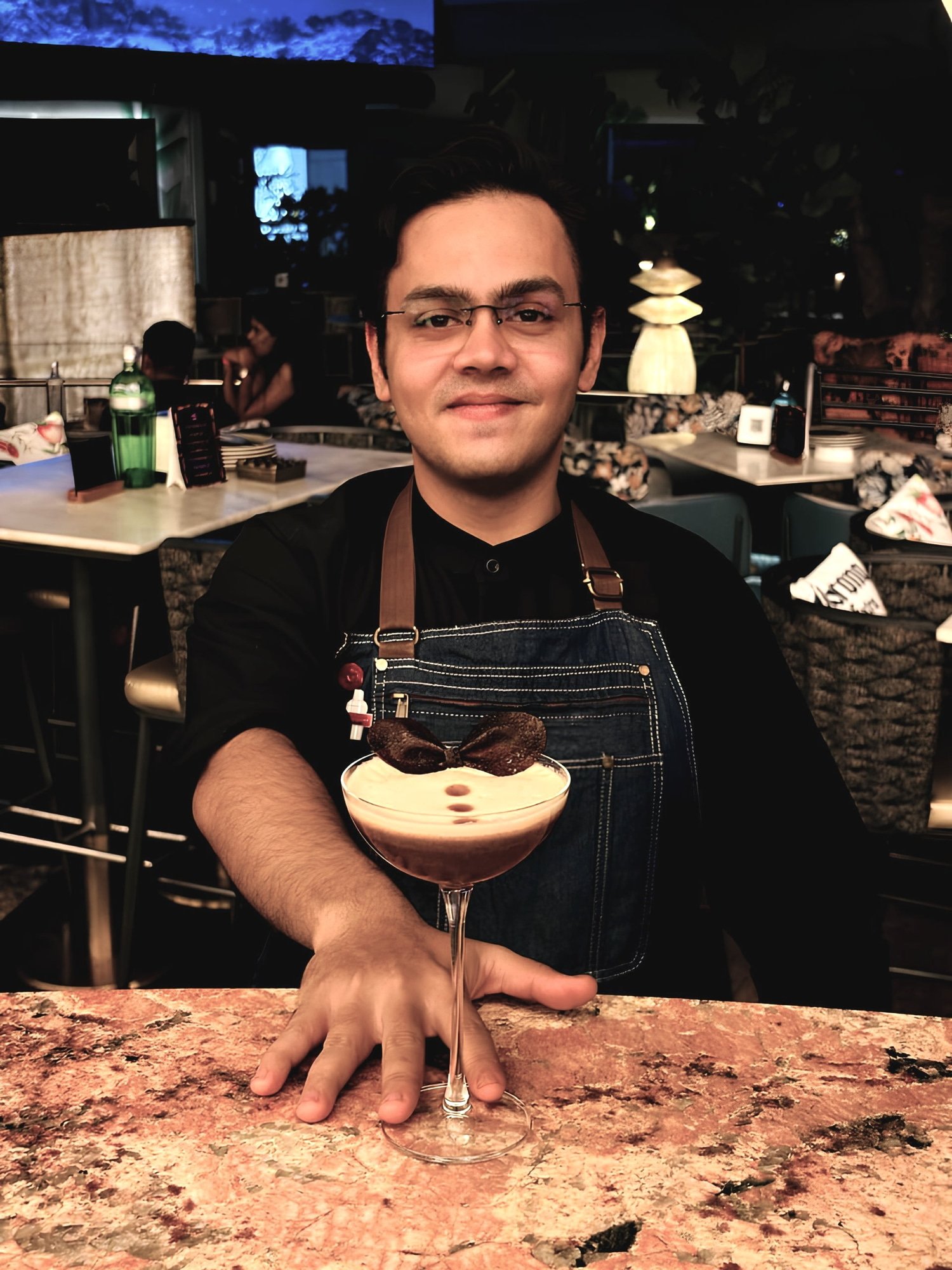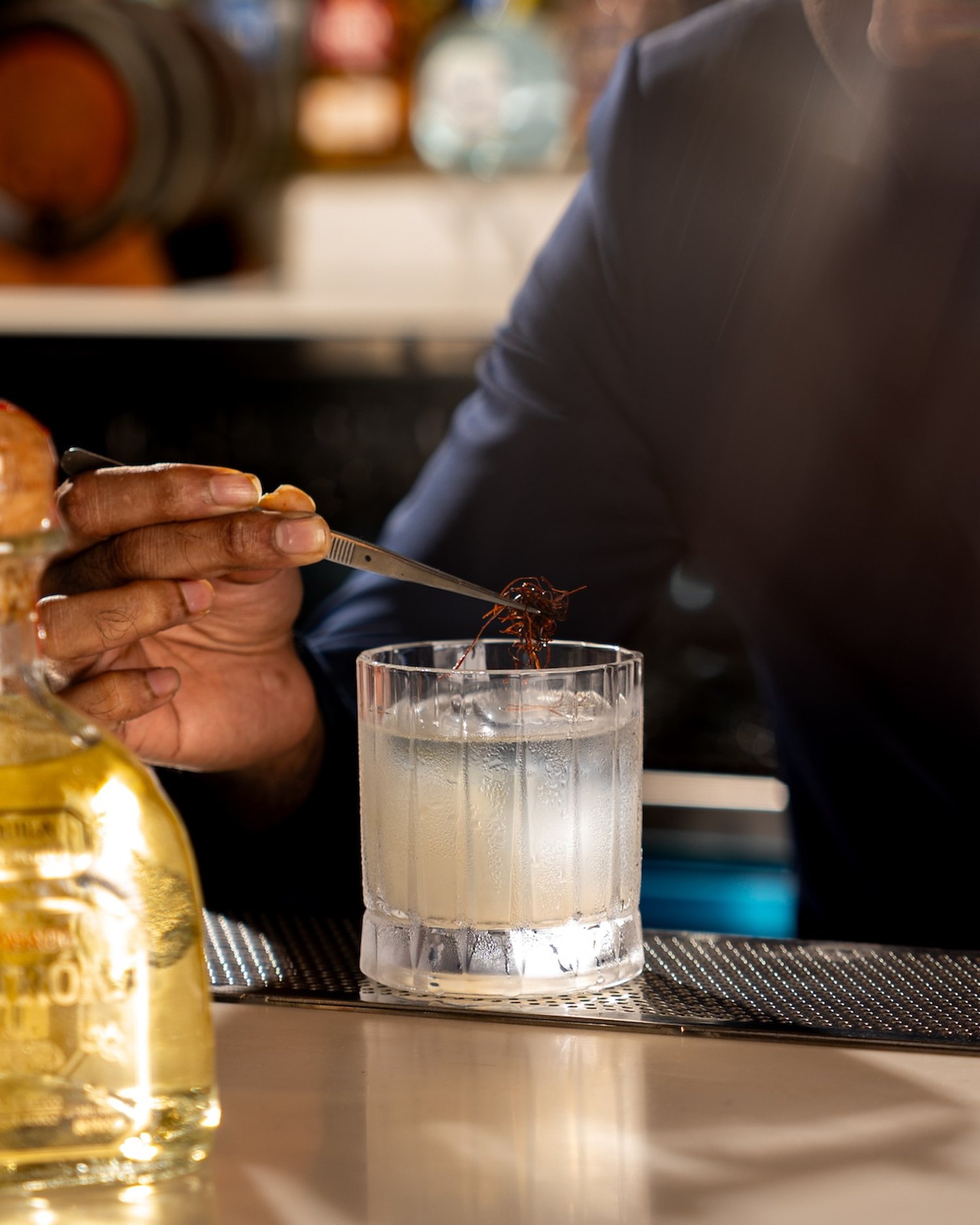What You Should Know About Tequila
Agave fields in Mexico
Demand for tequila appears practically insatiable. The global tequila market is expected to grow from $19.76 billion in 2022 to $30.06 billion in 2028, according to Distill Ventures. "Tequila has evolved far beyond its early associations with shots and party culture gaining recognition as a refined spirit with a rich heritage," shares Rajnish Sharma, Assistant Food and Beverage Manager, The Library Bar, The Leela Bhartiya City Bangalore, adding "Its complexity and versatility stem from the diverse range of flavors that can be coaxed from the blue agave plant, depending on factors like the region where it is grown, the production methods used, and the aging process." He adds, "Whether enjoyed neat, where the intricate layers of flavor can be fully appreciated or on the rocks, where the slight dilution enhances its smoothness, tequila offers a sophisticated experience akin to fine whiskey or cognac.”
What is Tequila?
Agave piñas
Tequila comes from one of five authorized states in Mexico: Guanajuato, Jalisco, Michoacan, Nayarit, or Tamaulipas, and is made by distilling the fermented juices of the blue Weber agave plant (Scientific name: Agave tequilana). The succulent which resembles a large aloe vera plant produces an bulb called piña which is baked and then subsequently crushed to extract the juice. This is then fermented with yeast wherein the sugar is converted to alcohol. It is bottled typically at 80-120 proof.
Classifications of Tequila
Tequila Classifications
Blanco
Reposado
Añejo
Extra añejo
Cristalino
Joven
Tequila is available in several distinct classifications, each offering unique characteristics. Blanco (also called silver or white) is unaged tequila that is typically clear and boasts of a fresh, bold flavor. It is perfect for cocktails where the pure, unaltered taste of tequila is desired, such as in a classic Margarita or Tequila Sunrise. Jim Ruane, Chief Growth Officer, Cierto Tequila explains, “Blanco tequila, such as Cierto’s Private Collection Blanco, is tequila in its purest form – crisp, fresh and bright. Blancos are generally the best test of a brand’s quality, the maturity of the agave and the distiller’s skill." He adds that while most blancos are bottled immediately after distillation, Cierto stores theirs in stainless steel prior to bottling, a unique process that softens, stabilizes and allows more delicate flavors to emerge.
Reposado (rested in Spanish) is tequila aged for 2 months to a year in oak barrels; it develops a smoother, more mellow flavor with subtle notes of vanilla, caramel, and spices. It is excellent for sipping or in cocktails where a richer, more complex profile is preferred, like in a Tequila Old Fashioned.
Añejo or aged tequila is aged for 1 to 3 years and offers deep, complex flavors with notes of oak, toffee, and chocolate. This one is best enjoyed neat or on the rocks, though it can also elevate premium cocktails that benefit from its rich, nuanced profile.
Extra añejo which is aged over three years is akin to fine whiskey in its complexity. It is ideal for sipping and savoring on its own and is capable of adding exceptional depth to high-end cocktails. Often considered the most premium of expressions, extra añejos tend to be deep in color and possess highly complex flavors due to extensive barrel interaction.
Shashank Singh photo credit Ouro
A newer style of tequila is cristalino, which should not be confused with blanco, despite its clear color, explains Shashank Singh, Assistant Bar Manager, Ouro, Bengaluru “Cristalino (crystalline in Spanish) is an aged tequila that has been filtered through charcoal to remove tannins, giving it a clear appearance similar to a Blanco."
Another newer category is joven, or young tequila, is a young blanco tequila blended with an aged tequila. Joven is used for shots and cocktails and can be used for a tequila spin to the classic old-fashioned cocktail.
Tequila for Sipping & Cocktails
The growth in popularity of tequila is nothing short of amazing. According to the Distilled Spirits Council of America, tequila has increased U.S. volumes by 294% at an average rate of 7.1% per year since 2003, and according to Euromonitor International, tequila consumption in India has seen an annual growth rate of over 12% in the past five years. That is in part due to its versatility. Tequila is a sophisticated sipping spirit, comparable to whiskey or fine rum and like whiskey or rum, it works well in cocktails. Akash Singh, Beverage Manager, Pebble Street Hospitality, KOKO Bengaluru recommends aged tequilas like añejo and extra añejo for sipping neat or on the rocks, explaining "These tequilas are aged in oak barrels, where they develop rich and complex flavors such as vanilla, caramel, and spices. This aging process gives them a depth and smoothness that make them ideal for slow sipping, allowing you to appreciate the craftsmanship and intricate taste profiles completely." It is key to note that adding a bit of ice or a splash of water to tequila can be a game-changer as it allows one to better appreciate tequila’s subtle nuances and complex flavors. The chill and slight dilution from the ice enhance the overall tasting experience of the spirit.
Smoke & Chill photo credit Yauatcha
Cocktail culture has also played a pivotal role in tequila’s popularity. Bartenders are increasingly integrating tequila into innovative and sophisticated cocktails, demonstrating its versatility far beyond the traditional Margaritas. There is a huge uptick in bars and restaurants using reposado tequila as the base spirit in espresso martinis. Notes Sharma, “These craft creations highlight tequila’s diverse flavor profiles and premium quality, catering to a more discerning audience. This wave of experimentation has expanded tequila’s appeal, solidifying its elevated status within the cocktail scene."
According to Merwyn Alphonso, Bar Manager, Yauatcha, three cocktails have helped to establish tequila in the bar scene. Says Alphonso, "This includes the Margarita which is hailed as the original tequila cocktail created in 1936 by David Daniel Negrete in Mexico, Batanga which is a combination of tequila, coke and lime with a dash of sea salt as well as Paloma which is essentially tequila, lime juice and grapefruit soda. Paloma is often called the national cocktail of Mexico.” He adds that Yauatcha’s top tequila cocktail is the Smoke & Chill made with ghost pepper, hickory liquid smoke, tequila blanco, lime juice and agave.
Food Pairings
Tequila’s diverse flavor profiles make it an excellent companion to a wide range of foods. “Blanco tequila is a perfect match for salads, fresh seafood and zesty ceviche, enhancing the freshness of these dishes and complementing their vibrant flavors” says Akash Singh. Reposado tequila, with its nutty and vanilla notes from oak aging, works well with spicy foods and grilled items like meats, shrimp, and vegetables. “A well-made, additive-free reposado pairs nicely with rich, spicy or charred dishes like cured meats, flame-broiled vegetables, tacos and cheeses complementing the sweetness and revealing some of the underlying umami notes of the tequila to create unique sweet-savory combinations. Añejo tequila pairs well with hearty main course dishes and marinades that celebrate strong, earthy flavors – such as wagyu beef, pasta dishes, halibut and black cod” adds Ruane. Extra añejo is a classic after-dinner drink and goes exquisitely with dark chocolate, nuts, dried fruits and fine cigars, creating a decadent pairing.
The terroir of the tequila helps to ascertain the best food pairings as well. Alphonso explains, “Two primary areas, because of significant differences in terroir, produce agaves that show distinctive expressions. The Los Altos or Highland region tequilas are softer, fruitier, and highly floral in nature whereas the Amatitán or Lowlands tequilas tend to be crisper, more vegetal, and earthy, with clear black pepper spice flavors." Read how to cook with tequila.
Exclusive Expressions & Innovation
Tequila Rose
While the rules regulating what can be called tequila are strict, there is room for innovation. The rise in popularity of tequila has led to the introduction of new products such as flavored tequilas and limited editions which are small batches that feature experimental aging. Singh singles out a few, flavored versions: Tequila Rose, which offers a strawberry cream flavor, and Patrón XO Café, known for its rich coffee taste, are popular flavored tequilas. Some producers are also exploring single-barrel aging, resulting in tequilas with unique, individualized flavor profiles that set them apart.
Tequila brands are looking for ways to differentiate and to become more premium. Examples include Cierto Tequila’s Reserve Collection, a limited bottling that showcases the treasure trove of rare tequilas stored in the storied Fonseca family tequila library. Shares Ruane, “With the Reserve Collection, our Master Distillers open the vault to 30,000 barrels containing the rarest and most unique tequilas in existence. These tequilas possess incredible finesse and elegance due to gentle maturation in French Limousin oak casks which previously held fine wines, cognacs and Armagnacs.”
Suerte Still Strength
Still-strength tequilas, those bottled right off the still with no addition of water are also becoming more popular. Though not all still strength tequilas are high proof many are. Suerte released a still-strength version of their blanco that was bottled at 104 proof. Gushes Maddocks, "What better way to celebrate the agave than to produce an unfiltered artisanal spirit that allows the natural flavors to shine through? High proof/still strength tequilas are becoming more and more popular among true tequila connoisseurs and mixologists." Additive-free tequilas are also gaining interest. While regulations allow for small amounts (less than 1%) of glycerin, oak extract, caramel coloring, and sugar-based syrup to be added to tequila, some consumers prefer a purer product. Read more about additive-free tequila.
10 Award-Winning Tequilas to Try
The following tequilas were all gold or double gold winners in the New York International Spirits Competition in 2024. Ready to plan a trip to tequila? Check out our list of distilleries to visit.
Humano Tequila Blanco
Agave from Jalisco (Los Altos) 40% abv
Humano Tequila Anejo
Additive-free, from the highlands of Jalisco
Astral Blanco
From Tequila Valley, high proof
Astral Blanco
Gran Centenario® Añejo
From Jalisco, aged in new American oak
Gran Centenario® Añejo
Cierto Reserve Collection, Extra Añejo
Aged 48 months in French Limousin oak, additive free
Cierto Reserve Collection, Extra Añejo
Cierto Private Collection, Añejo
Aged 18 months in French Limousin oak, additive free
Cierto Private Collection, Añejo
DeLeón Blanco Tequila
Highland agave, agave roasted in clay oven
DeLeon Blanco
Cantera Negra Añejo
From Jalisco (Los Altos), no additives, 40% abv
Cantera Negra Añejo
1800 Blanco
From Jalisco (Los Valles), 40% abv
1800 Blanco
1800 Milenio
Aged in French oak cognac barrels
1800 Milenio














